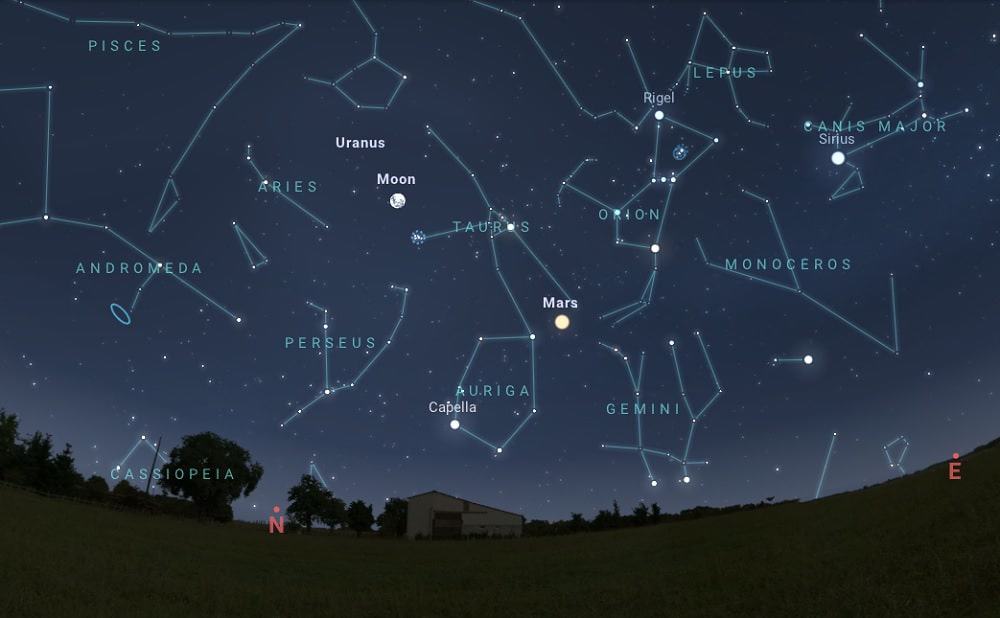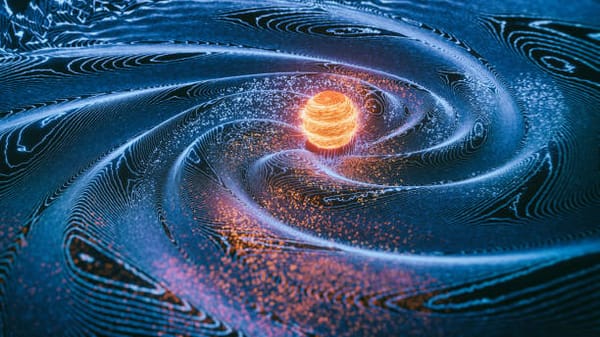Celestial Spectacles: Meteor Shower, Perseids, Supermoon, and Blue Moon
The night sky has always held an irresistible allure for humanity. Its vast expanse, dotted with twinkling stars, planets, and awe-inspiring events, has captivated our imagination for centuries.

Introduction
The night sky has always held an irresistible allure for humanity. Its vast expanse, dotted with twinkling stars, planets, and awe-inspiring events, has captivated our imagination for centuries. Among the most anticipated celestial events are meteor showers, the Perseids, supermoons, and the rare blue moon. Each of these phenomena provides a unique opportunity to connect with the universe and remind ourselves of the grandeur of the cosmos.
Experience the Enchantment of Meteor Showers
Meteor showers present a captivating spectacle that truly seems magical, originating from the depths of space. Among the well-known meteor showers, the Perseids stand out as a favorite, gracing our skies annually with their peak occurring around August 12-13 each year. At this peak, skywatchers can witness a remarkable display of up to 100 fireballs and luminous trails every hour. What's more, the Perseids derive their name from their radiant point in the Perseus constellation, appearing as if they are streaking toward Earth from this celestial location.

Astronauts' Unique View of Meteor Showers
Even astronauts aboard the International Space Station (ISS) are treated to the wonder of meteor showers, albeit against a completely different backdrop. NASA astronaut Christina Koch shared an awe-inspiring composite image that offers a glimpse of the Quadrantids meteor shower from space. In her view, a stunning interplay of meteor streaks, the sparkling expanse of city lights, and the eerie green glow of the Northern Lights aurora on the horizon create a multi-layered visual delight. This perspective serves as a reminder of the harmonious connection between the cosmic phenomena and the terrestrial world.
Embarking on an Enchanting Journey with the Supermoon
Engaging in the celestial dance with a supermoon evokes a sense of pure magic. A supermoon emerges when the Moon's orbit aligns closest (known as perigee) to Earth during its full phase, resulting in a subtly amplified luminance and size compared to a standard full moon. The upcoming August of 2023 brings a doubly enchanting treat with not one, but two supermoons. Among these, a particularly extraordinary occurrence is the blue supermoon set to grace the night skies on August 30th. This celestial rarity promises an unforgettable spectacle, and the chance to witness it won't revisit us for nearly a decade.
Unveiling the Rarity and Elegance of a Blue Moon
The Blue Moon, an exquisite and uncommon phenomenon, unveils its elegance through an extra full moon gracing a specific timeframe. This extraordinary occurrence carries two distinct interpretations. According to one perspective, a Blue Moon is the third full moon within an astronomical season containing four, diverging from the standard trio. Alternatively, it signifies the second full moon within a single calendar month containing two.

Despite its name, the term "Blue Moon" does not allude to the moon's color; however, atmospheric conditions can potentially give rise to a visually blue moon, driven by particles released during volcanic eruptions or fires, which selectively scatter red light. The forthcoming monthly Blue Moon, slated for August 30/31, 2023, will also shine as a Super Full Moon, aptly named a Super Blue Moon. As for the seasonal Blue Moon, the next enchanting occurrence is anticipated on August 19/20, 2024, captivating sky enthusiasts with its rare beauty and allure.
FAQs
What is the best time to see Perseid meteor shower?
During its peak, around 100 meteors will streak across the sky every hour. The show can be enjoyed from around 10 p.m., but the best experience is just before dawn, approximately 4 a.m.
Who can see the Perseid meteor shower?
Since the Northern Hemisphere is considered the best place to see the showers, people in all 50 states have a chance to see meteors this upcoming weekend.
Why is a blue moon called a blue moon?
The term blue moon originated from the 16th-century expression “the Moon is blue,” meaning something that was impossible. For two years following the eruption of the Krakatoa volcano in Indonesia in 1883, people around the world reported seeing strangely coloured sunsets and a Moon that appeared blue.
Where do meteors come from?
Some come from comets, others from asteroids, and some even come from the Moon and other planets. Some meteoroids are rocky, while others are metallic, or combinations of rock and metal.
Conclusion: Gazing Upward, Connecting Inward
As we gaze up at the night sky and witness the magic of meteor showers, the brilliance of supermoons, and the elegance of blue moons, we are reminded of our place in the universe. These events, which have been observed and cherished for generations, allow us to step outside our daily routines and reconnect with the cosmos. They serve as a reminder of the beauty and wonder that exist beyond our terrestrial concerns, encouraging us to ponder the mysteries of space and time. So, whether you're lying on a blanket, looking up in awe, or simply taking a moment to contemplate the vastness above, these celestial spectacles offer a chance to transcend the mundane and be a part of something much greater—our shared cosmic journey.




